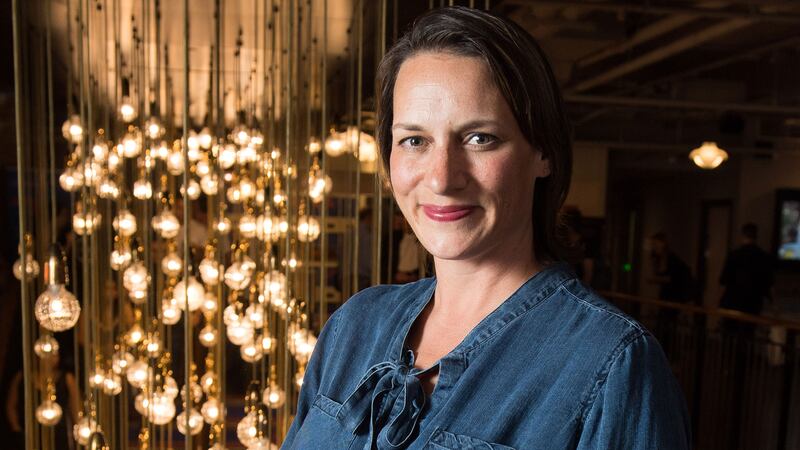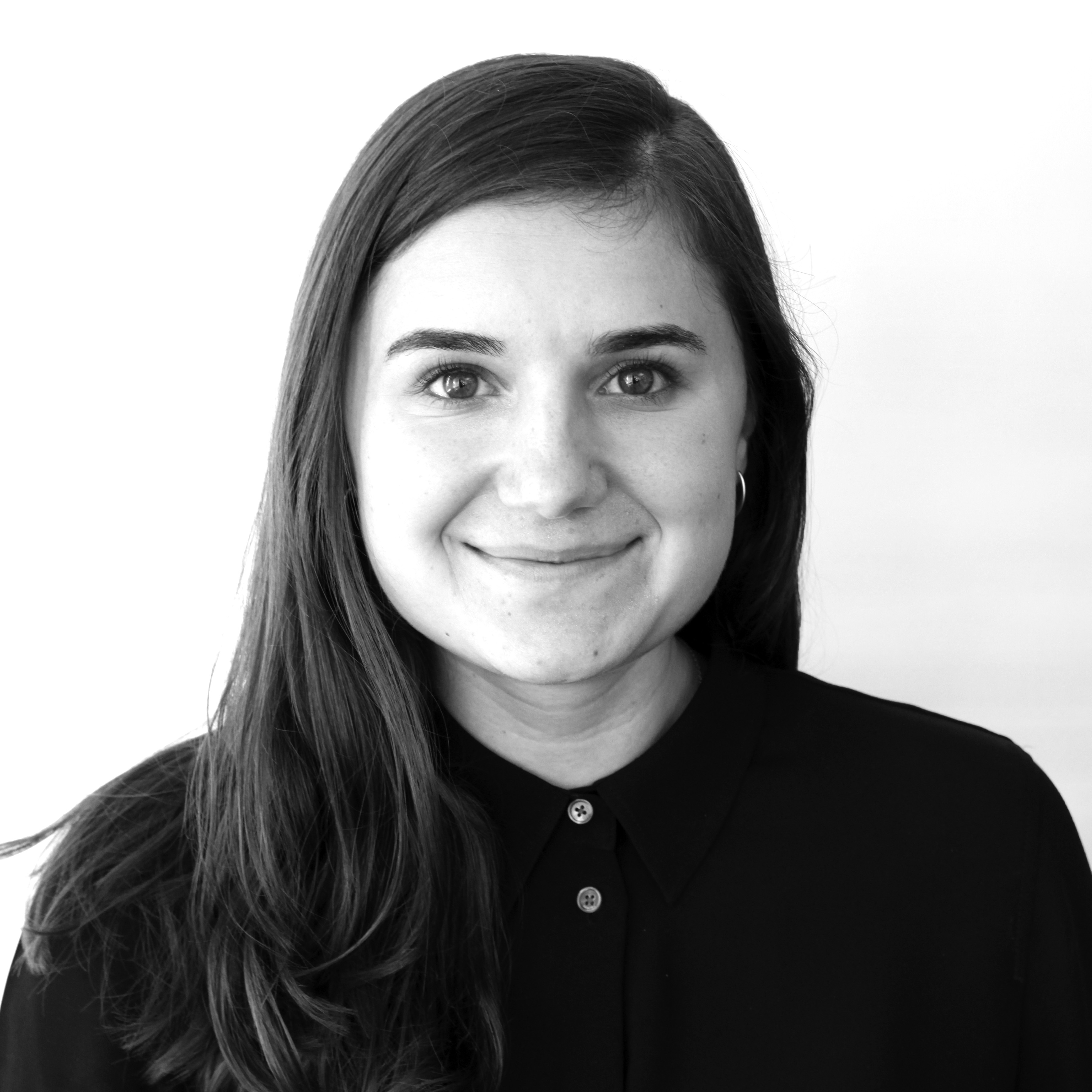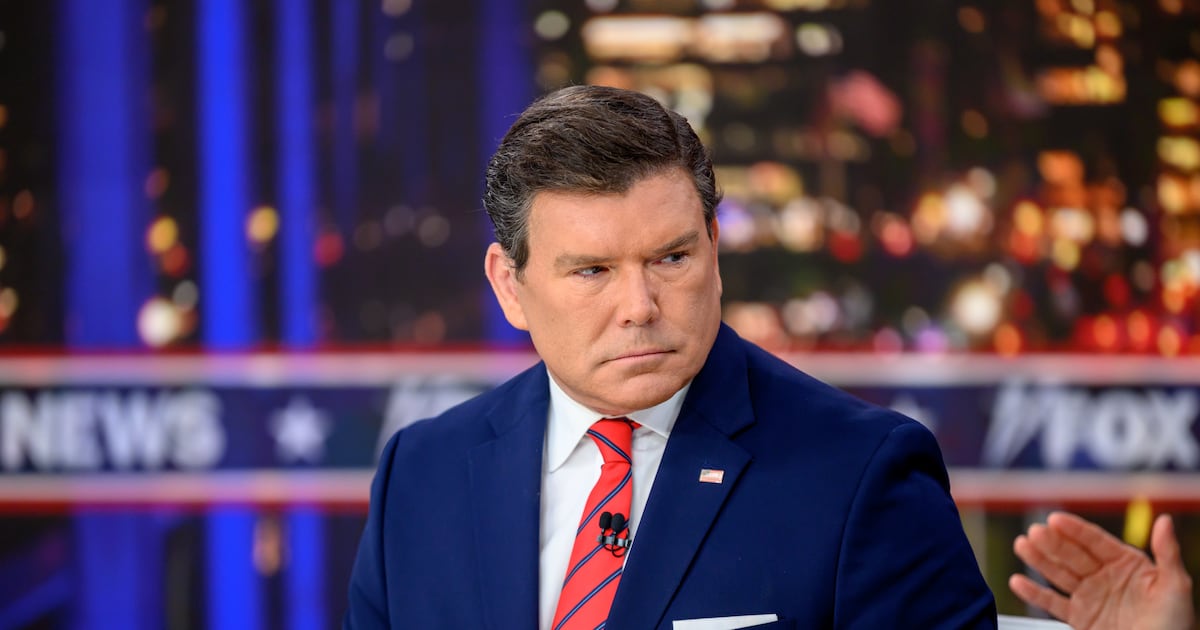Transparent director Nisha Ganatra was on the hunt for an episode cinematographer when she hit a dilemma: The men’s reels she reviewed were better than the women’s. As a filmmaker who was intimately familiar with the experience of being overlooked in favor of men, Ganatra had set out to hire a female cinematographer. But should she neglect the work’s quality just to give a fellow woman a leg up?
Then it dawned on her. Of course the men would have glossier portfolios: They had already been given the opportunities—the leg up—that the women hadn’t yet been afforded. Big budgets, fancy equipment, large crews, elaborate productions: These were the resources that enabled the men’s work to appear superior. When Ganatra opted to hire one of the women instead, the female cinematographer told her that she had shot her entire feature with one bounce-board and a flashlight. Bringing your vision to life is a lot easier when you’ve got funding at your fingertips.
This is one of the most revealing anecdotes in Half the Picture, Amy Adrion’s thoughtful and thorough documentary probing Hollywood sexism. Not only does the story drive home the reality that monetary opportunity dictates strength of output, it activates a practical course of action for disrupting the gender imbalance: Invest in women.
ADVERTISEMENT
In fact, Ganatra’s anecdote has already proven instructive for watchers, Adrion says on a phone call in advance of her film’s New York release. Janet Pierson, director of film at South by Southwest Festival, told Adrion that Ganatra’s lesson had impacted Pierson’s approach to this year’s festival programming. “It’s important to remember that you’re not judging apples to apples,” says Adrion. “Different people have already been trusted with bigger budgets and greater opportunities, and they’re competing with people who are still hustling.”
Though she had several shorts and a Directors Guild Award under her belt, Half the Picture was Adrion’s first feature documentary. To score interviews with her subjects—illustrious directors like Jill Soloway, Ava DuVernay, Kimberly Peirce, and Miranda July—it took some hustling from Adrion herself. “For a long time women at the top of their game had absolutely nothing to gain to talk about this issue. They avoided it like the plague,” she says. Production for the film began in 2015, some years before Hollywood would be coaxed into turning a spotlight on its deeply rooted gender discrimination epidemic with movements like Time’s Up and Me Too.
Of course, the fear that prevented many female directors from speaking out is exactly what makes Adrion’s investigation so valuable. Though she conducted each interview individually, there’s a commanding echo effect among them. So many of the women have developed an armor against excessive criticism. So many have been overlooked for studio films, even after making a successful debut. So many have endured sexually fraught situations. The interviews are intercut to simulate a conversation among the women, one that Adrion, as the inquisitive interviewer, gently steers from topic to topic. “Over the years of being passed over, you just start to think you weren’t even worth that job, or you were never going to get that job,” Ganatra admits at one point in the film. For all of them, it’s a relief to know they’re not alone.
Still, a major challenge in taking the temperature of any marginalized group is avoiding becoming mired in generalization. Drawing parallels between the women’s experiences is one thing, but, as Adrion says, “you don’t want to get too oversimplified in thinking, women do this, men do that, and that’s how the world is.” She adds, “When you talk about these issues, you can get in this place of being like, ‘Well I’m a woman, and I have faced these challenges, so I’m right and men are wrong and men need to get their shit together.’ And that’s not really it. We all have unconscious bias. We all have grown up with certain images in our head.”

Those images often configure into an old Hollywood form when it comes to directors—of, say, a bellowing John Ford, bullhorn in hand, commanding his set as if it were a battlefield. Envisioning directors in this militaristic way, as Jennifer’s Body director Karyn Kusama quips perfectly in the film, is “an expression of a both outdated and now, I want to say, completely naive male fantasy. You need a person who can communicate, see the big picture, who can lead. But this isn’t a war.”
A related, equally complicated question concerns what these directors even want to be called. Some women prefer to be referred to as a “female director” while others will insist on nixing the gendered tag, believing it an injurious marker or constraining qualifier. “For a long time there was a lot of currency in saying, ‘I’m just one of the guys, there’s nothing different about me. I’m a filmmaker, I’m an artist, I don’t see labels,’” says Adrion. “Philosophically, I am totally down with that approach. Realistically, I think it ignores the fact of who’s working in this business. It’s a little bit of a privileged stance to take. You are certainly seen, whether you choose to be or not, as a woman director.”
Half the Picture excels in contending with such squirmy subjects. Parenthood, particularly, has become a tricky topic to traverse; for many years, it has been inappropriately and disproportionally posited as an obstacle to women directing. But Adrion bravely dedicates a whole section of the film to the topic, encouraging her subjects to chime in with their experience balancing motherhood with their pursuit of a time-consuming, often nomadic career.
“I always felt like I had to apologize a little bit when I asked that question, because it’s absolutely true, nobody asks James Cameron, ‘Where are your four kids now? Who’s taking care of your children?’” says Adrion. “But part of it for me was, how do you make this work with a family? Because I have kids and I would love any advice for how you get through it.” In one memorably raw, teary moment, Miranda July admits to how frustrating it was to watch her husband, 20th Century Women director Mike Mills, continue to work while child-rearing forced her to defer.
Even through these emotional moments, Adrion manages to maintain a mood that’s relaxed and hopeful, pulling out the camera every so often to reveal herself and her nearly all-female crew nodding along considerately as they, alongside the audience, absorb the women’s stories and opinions and advice. The goal, Adrion says, was to “demystify” filmmaking as an artform. “The film is largely about sisterhood,” she says. But it’s also a celebration of the joys of filmmaking.
As she puts it, “Who cares about the challenges if the thing you’re trying to do isn’t as wonderful as it is?”
Read it at





